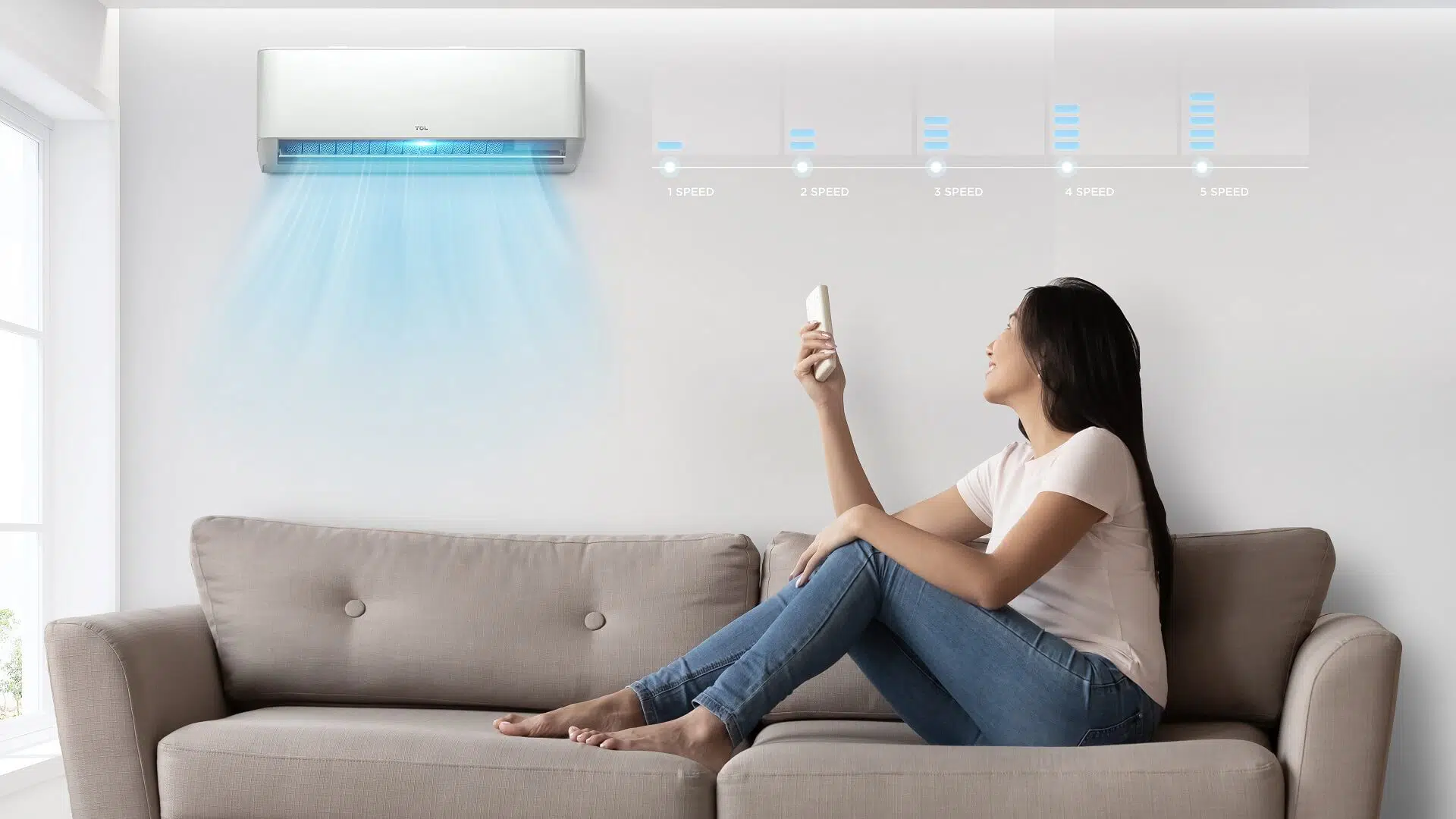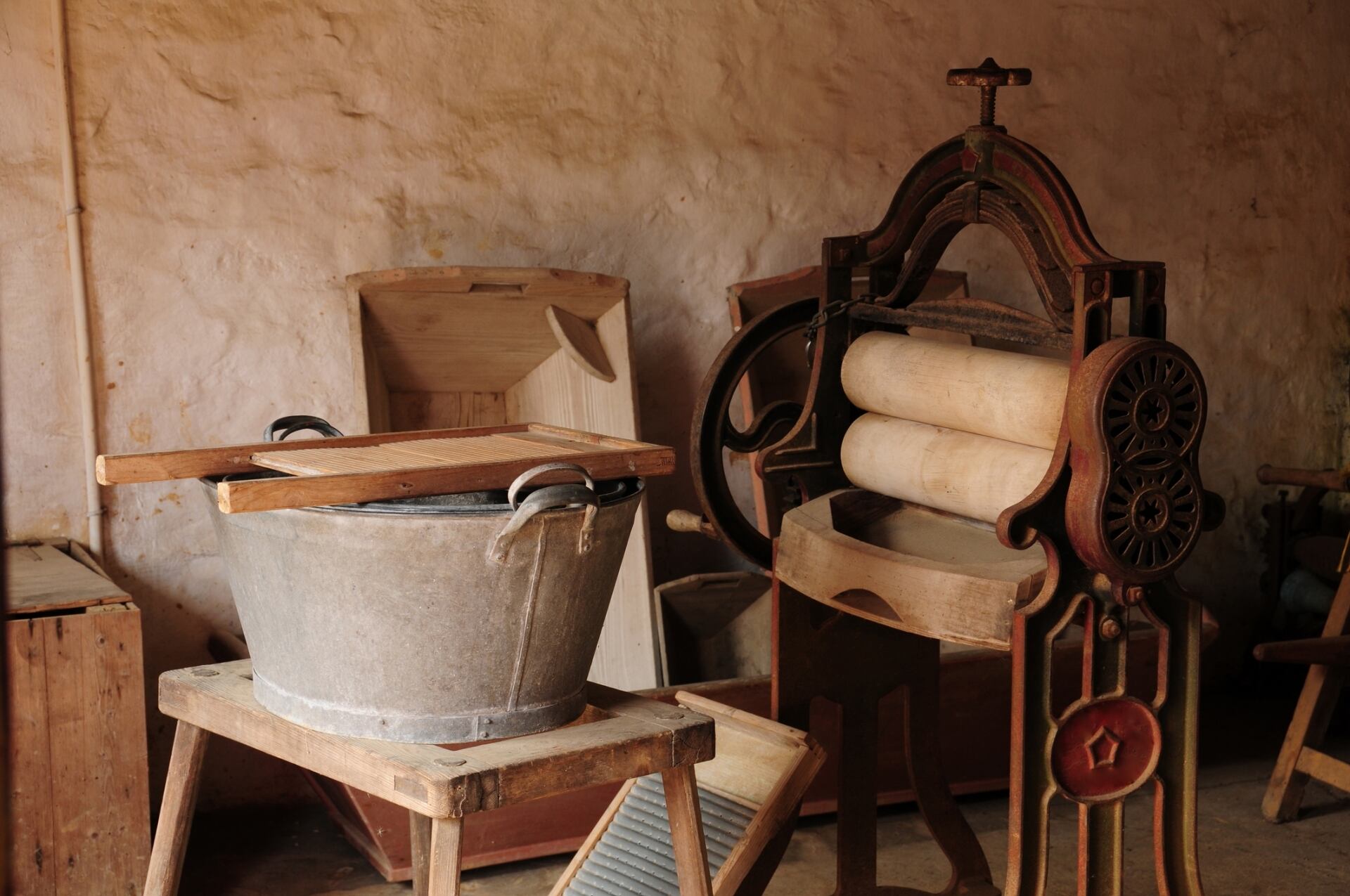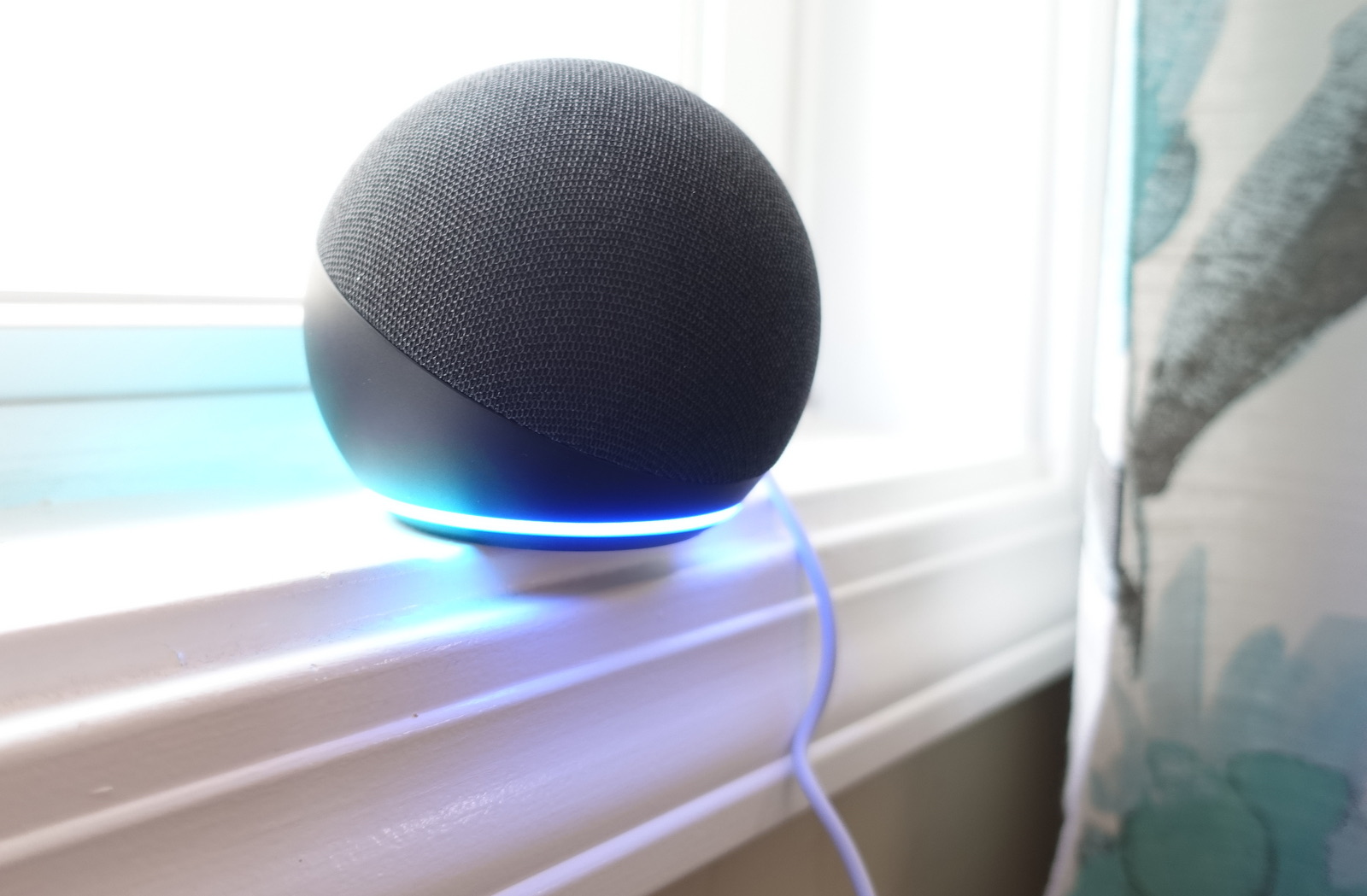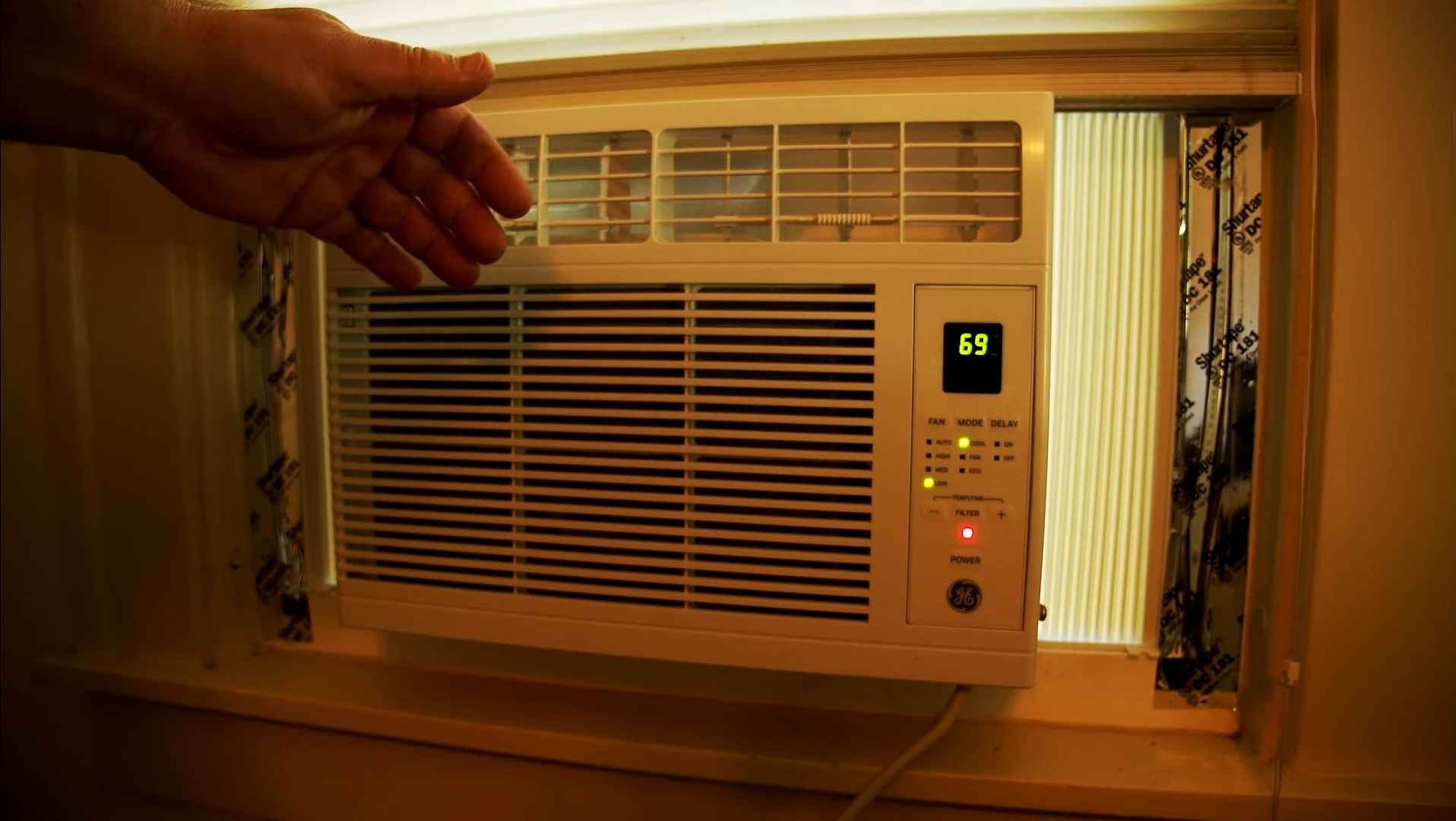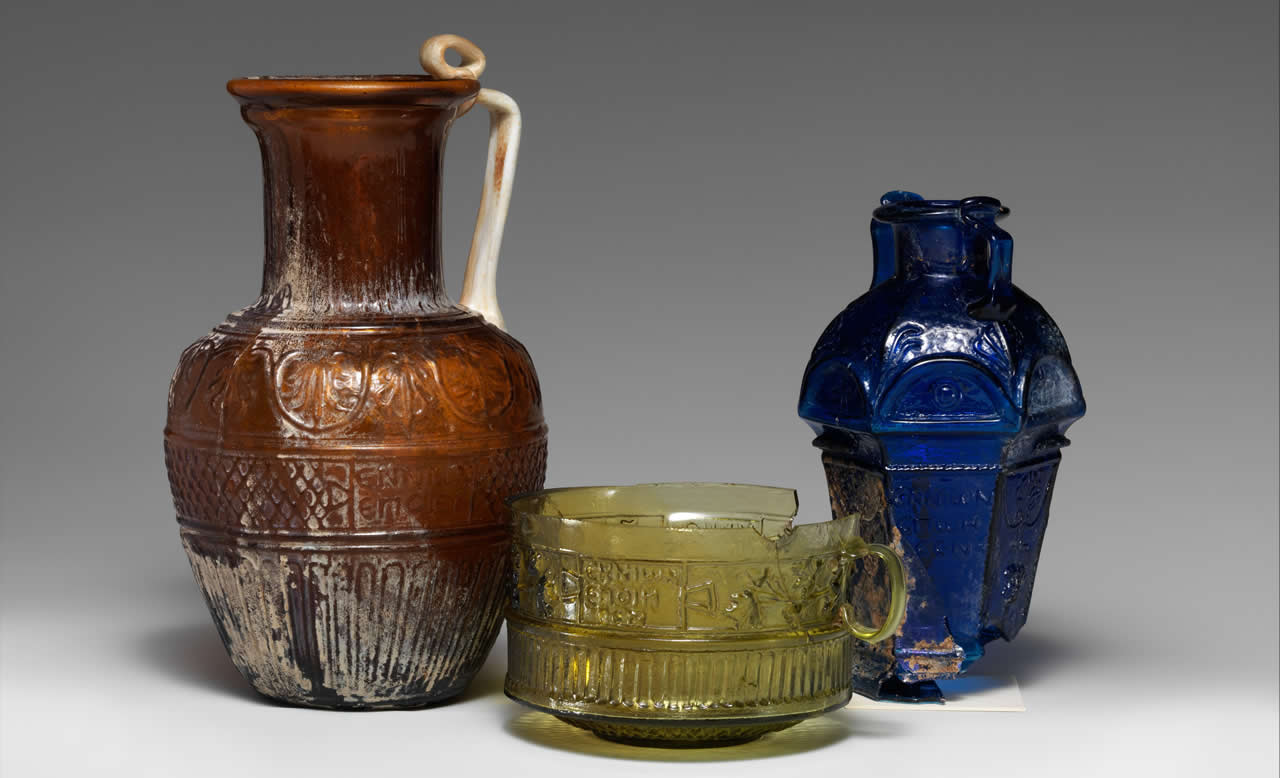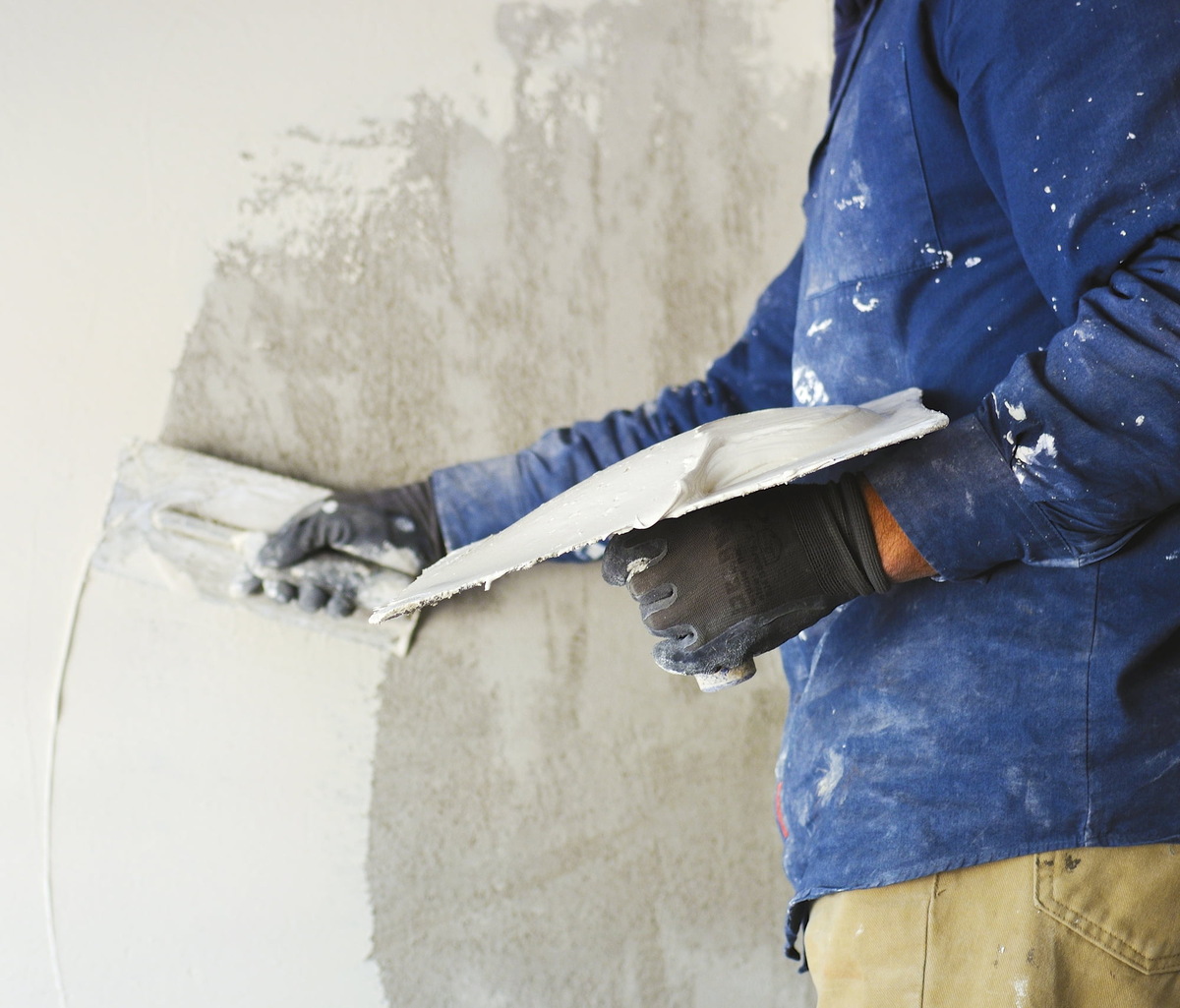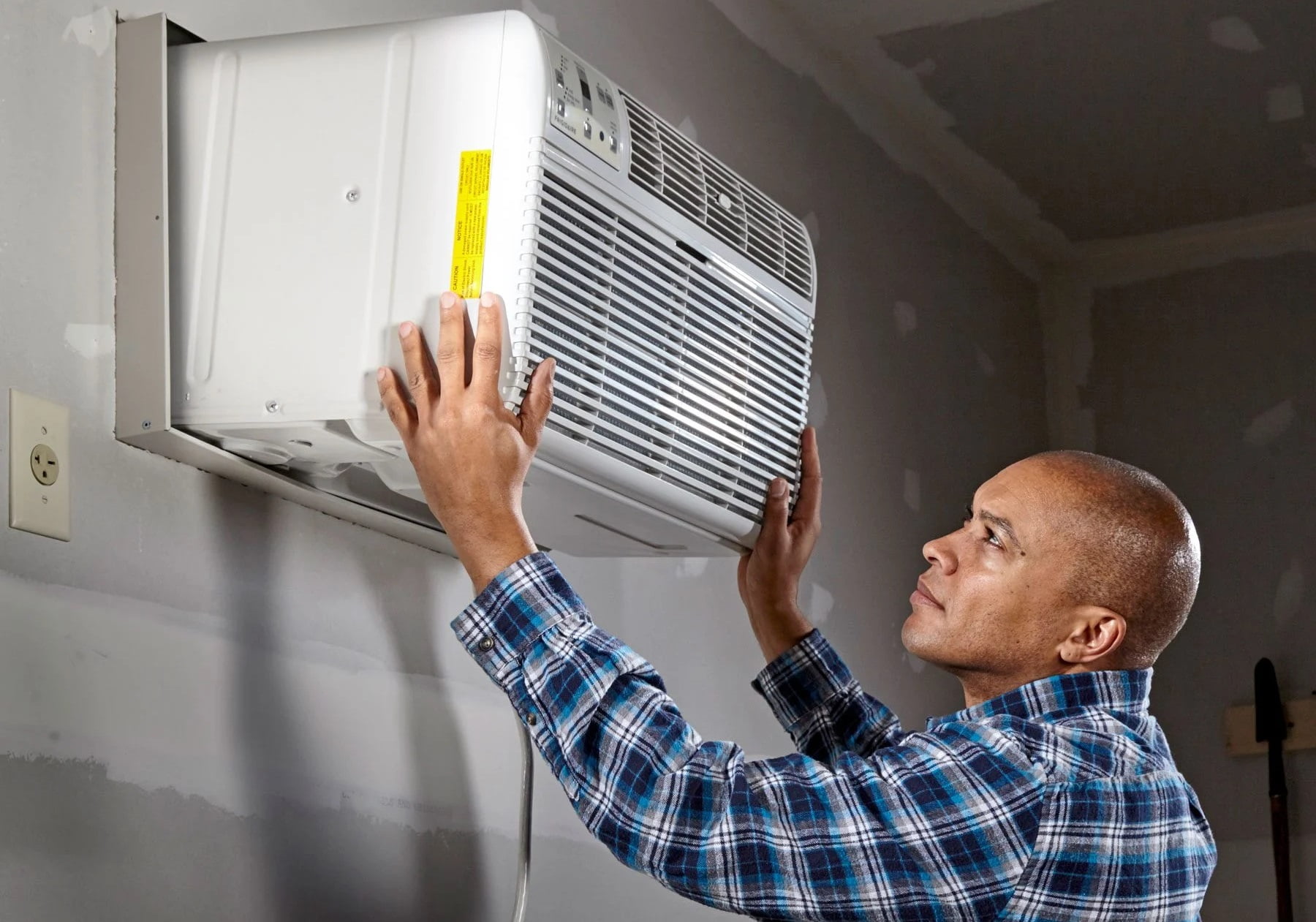Home>Home Maintenance>When Was The First Air Conditioner Made
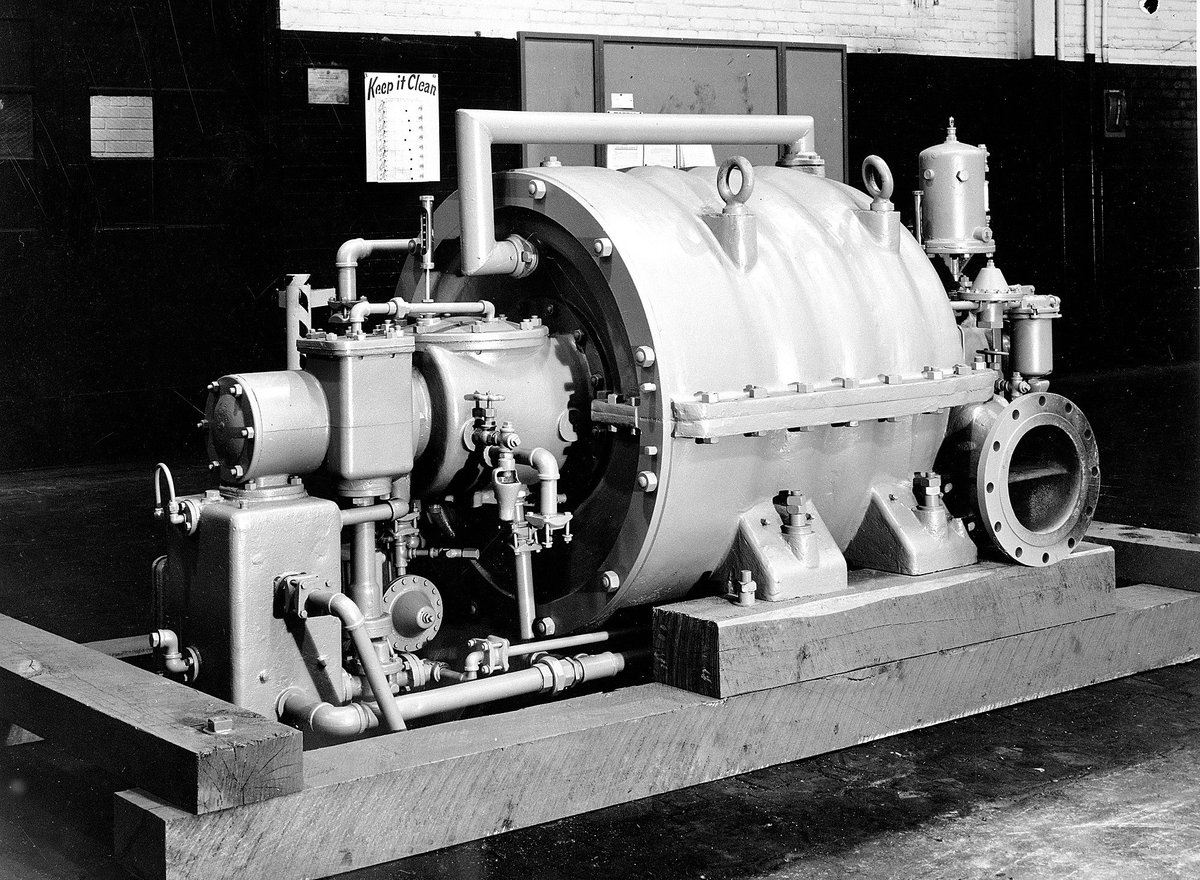

Home Maintenance
When Was The First Air Conditioner Made
Modified: October 31, 2024
Discover the history of air conditioning and learn when the first air conditioner was invented. Stay cool with expert home maintenance tips.
(Many of the links in this article redirect to a specific reviewed product. Your purchase of these products through affiliate links helps to generate commission for Storables.com, at no extra cost. Learn more)
Introduction
Welcome to the world of air conditioning! From keeping our homes cool during summer to creating a comfortable working environment, air conditioning has become an essential part of our daily lives. But have you ever wondered when the first air conditioner was made? Let’s dive into the fascinating history of early cooling methods and the invention of the first air conditioner.
Long before the advent of modern air conditioning systems, various methods were employed to keep indoor spaces cool during hot weather. In ancient civilizations, people used to hang wet mats in doorways or windows, allowing the air to pass through and create a cooling effect by evaporating the water. It was a primitive yet effective way to combat the heat.
Key Takeaways:
- The first air conditioner was invented by Willis Carrier in the early 1900s, revolutionizing how we control indoor climates. It made living and working spaces more comfortable and productive, changing our daily lives.
- Modern air conditioning systems have evolved to be energy-efficient, offer improved air quality, and integrate smart technology. They provide optimal comfort while minimizing environmental impact, shaping a more sustainable future.
Read more: When Was The First Quilt Made
Early Cooling Methods
Throughout history, people have devised innovative ways to stay cool in the scorching heat. In ancient Egypt, wealthy individuals used to have their homes built with thick walls and high ceilings to regulate temperatures. They also employed slaves who would fan them with palm fronds to create a gentle breeze.
During the Roman Empire, the affluent would have water channels installed in the walls or floors of their homes, allowing water to flow and cool the surrounding areas. This practice, known as “aqueduct cooling,” was a rudimentary form of air conditioning.
In Persia (modern-day Iran), a system called “yakhchals” was used to store ice or chilled water. These large domed structures were made of mud, straw, and clay, designed with wind-catching towers that would cool the interior. The ice or chilled water was stored in underground pits to maintain a low temperature, even during the hottest months.
Moving forward to the 18th and 19th centuries, people in the United States and Europe relied on utilizing ice to beat the heat. Ice houses were built to store large blocks of ice harvested from frozen lakes and rivers during the winter. The ice was then distributed and used to cool homes, businesses, and even theaters during the summer months.
While these early cooling methods provided some relief from the heat, they were often limited in their effectiveness and accessibility. It wasn’t until the 20th century that a true revolution in cooling technology occurred with the invention of the first modern air conditioner.
Invention of the First Air Conditioner
The credit for inventing the first air conditioner goes to Willis Carrier, an American engineer. In the early 1900s, Carrier was working for a printing company in New York. He noticed that the excessive heat and humidity in the printing plant caused the paper to warp, causing problems in the printing process. This led Carrier to come up with a solution to control the temperature and humidity.
In 1902, Carrier developed the first mechanical air conditioning system known as the “Apparatus for Treating Air.” His invention consisted of a series of water-cooled coils that removed humidity from the air, allowing for precise control of both temperature and humidity levels. Carrier’s system revolutionized not only the printing industry but also industries such as textiles, pharmaceuticals, and food processing.
The concept of air conditioning quickly gained popularity, and Carrier went on to found the Carrier Engineering Corporation, which became one of the leading manufacturers of air conditioning systems. His invention marked the beginning of a new era, making it possible to manipulate indoor climates for comfort and productivity.
It is important to note that Carrier’s invention was primarily industrial in nature and not intended for residential use initially. However, as technology advanced and demand grew, air conditioning systems became more accessible and affordable to the general public.
The invention of the first air conditioner was a breakthrough that changed the way we live and work. Air conditioning systems were no longer a luxury but a necessity, enhancing the quality of life in various ways.
The Work of Willis Carrier
Willis Carrier, the inventor of the first air conditioner, made significant contributions to the field of HVAC (Heating, Ventilation, and Air Conditioning). His innovative ideas and engineering expertise revolutionized the way we control indoor climates.
After introducing the Apparatus for Treating Air, Carrier continued to refine and improve his invention. He developed a more efficient air conditioning system that used electric fans instead of water-cooled coils. This advancement made air conditioning systems more practical and widely applicable.
Carrier’s work extended beyond the mechanical aspects of air conditioning. He recognized the importance of humidity control in addition to temperature regulation. To address this, he invented the psychrometric chart, a graphical representation of air properties that helped engineers understand and control humidity levels. This chart became a fundamental tool in the HVAC industry, providing guidance in designing efficient air conditioning systems.
Not only did Carrier focus on the technical aspects of air conditioning, but he also emphasized the benefits it brought to human comfort and productivity. He conducted research to understand the relationship between indoor environmental conditions and human performance. His studies showed that maintaining a comfortable temperature and balanced humidity levels resulted in increased productivity and overall well-being.
Furthermore, Carrier’s contributions extended to commercial applications. He developed air conditioning systems for movie theaters, making them more enticing to customers during the hot summer months. This led to the popularity and growth of summer blockbuster films, as people flocked to cooled theaters to escape the heat.
Throughout his career, Willis Carrier received numerous patents for his inventions and contributions to the field of air conditioning. His dedication and visionary thinking laid the foundation for modern HVAC technology, shaping the way we live and work in comfortable environments.
The first air conditioner was invented in 1902 by Willis Carrier, an American engineer. He created it to control the humidity in a printing plant, but soon realized it could also cool the air.
Impact of the First Air Conditioner
The invention of the first air conditioner by Willis Carrier had a profound impact on various aspects of society. Here are some of the notable impacts of this groundbreaking technology:
1. Comfortable Living: Air conditioning transformed the way people live. It provided relief from oppressive heat and humidity, allowing individuals to enjoy a comfortable indoor environment. Whether it’s a home, office, or public space, air conditioning enhances the quality of life by maintaining optimal temperatures.
2. Improved Health and Well-being: Air conditioning helps control indoor air quality by filtering and removing pollutants, allergens, and dust particles. This has significant benefits for individuals with respiratory issues or allergies. Additionally, regulated temperature and humidity levels can prevent the growth of mold and bacteria, creating a healthier living and working environment.
3. Enhanced Productivity: Studies have shown that optimal indoor conditions, including temperature and humidity control, lead to increased productivity. Air conditioning in workplaces ensures employees can focus on their tasks without the discomfort of excessive heat or humidity. Cooling systems have also improved concentration levels and reduced fatigue, leading to better work performance.
4. Technological Advancements: The development of air conditioning technology paved the way for advancements in other industries. For instance, air conditioning played a crucial role in the evolution of computer technology. Cooling systems are essential for data centers and server rooms to maintain the required temperatures for optimal equipment performance and longevity.
5. Economic Growth: The introduction of air conditioning had a significant impact on the economy. It spurred the growth of industries such as hospitality, tourism, and entertainment. By making it more comfortable for people to visit locations during hot weather, air conditioning contributed to economic development and job creation.
6. Climate Control in Critical Environments: Air conditioning plays a vital role in critical environments like hospitals, laboratories, and server rooms. By maintaining stable temperature and humidity levels, air conditioning helps preserve medical supplies, laboratory samples, and important data while ensuring the comfort and safety of patients and staff.
7. Cultural and Social Changes: Air conditioning influenced social and cultural patterns. It enabled the rise of modern architecture, with buildings incorporating large windows and expansive indoor spaces that could be comfortably cooled. It also affected residential design, as homes started to be designed with central air conditioning systems in mind.
The impact of the first air conditioner cannot be overstated. It transformed the way we live, work, and interact with our surroundings. Today, air conditioning has become an integral part of our daily lives, ensuring comfort, health, and productivity in a wide range of environments.
Read more: When Was Glass First Made
Modern Air Conditioning Systems
Since the invention of the first air conditioner by Willis Carrier, air conditioning technology has undergone significant advancements. Modern air conditioning systems have become more efficient, environmentally friendly, and versatile. Let’s explore some of the key features and innovations of modern air conditioning systems:
1. Energy Efficiency: With growing concerns about energy consumption and environmental impact, modern air conditioners are designed to be more energy-efficient. They utilize advanced technologies such as variable speed compressors and smart sensors to optimize cooling performance while reducing energy consumption. Energy-efficient models can save on electricity bills and help reduce carbon emissions.
2. Zoning and Individual Control: Modern air conditioning systems offer the ability to create zones within a building, allowing for personalized temperature control in different areas. This feature is particularly useful in larger buildings or homes with multiple floors. Each zone can be independently cooled or heated, optimizing comfort and reducing energy waste.
3. Improved Air Quality: Air conditioning systems now come with enhanced air filtration systems that trap allergens, dust particles, and pollutants, providing cleaner and healthier indoor air. Some models also incorporate additional features like UV sterilization or air purifiers to further improve air quality.
4. Smart and Connected Systems: The advent of smart technology has transformed air conditioning systems. Many modern systems can be controlled remotely through mobile apps, giving users the ability to adjust settings and monitor energy usage from anywhere. Smart thermostats can also learn user preferences and automatically adjust temperatures for optimal comfort and efficiency.
5. Eco-friendly Refrigerants: Concerns over the environmental impact of refrigerants led to the development of eco-friendly alternatives. Modern air conditioning systems utilize refrigerants with lower global warming potential (GWP) and ozone depletion potential (ODP), reducing their environmental footprint. This shift towards greener refrigerants aligns with global efforts to mitigate climate change.
6. Inverter Technology: Inverter technology allows air conditioners to regulate compressor speed based on cooling demands. By continuously adjusting the compressor speed, inverter systems can maintain a stable temperature more efficiently compared to traditional on-off systems. This results in quieter operation and reduced energy consumption.
7. Integration with Smart Home Systems: Air conditioning systems can now integrate with smart home ecosystems, allowing for seamless automation and control. These systems can be synchronized with other smart devices like thermostats, lighting, and blinds, creating a more integrated and convenient living experience.
Modern air conditioning systems have come a long way since the invention of the first air conditioner. With advancements in energy efficiency, air quality, and smart technology, these systems provide optimal comfort while minimizing environmental impact. As technology continues to evolve, we can expect even more innovative features and sustainable solutions in the future.
Conclusion
The invention of the first air conditioner by Willis Carrier marked a significant milestone in the history of home comfort and climate control. From the early cooling methods employed by ancient civilizations to the development of modern air conditioning systems, our quest for creating a comfortable indoor environment has evolved and improved over time.
Willis Carrier’s innovative mind and engineering prowess revolutionized the way we cool our homes and buildings. His invention laid the foundation for a booming industry, improving not only our comfort but also our health, productivity, and overall well-being.
Thanks to air conditioning, we now have the ability to regulate temperature and humidity levels, ensuring comfortable living and working spaces in even the harshest of climates. It has become an essential part of our daily lives, making summers bearable and enabling us to stay productive all year round.
Modern air conditioning systems have witnessed remarkable advancements, including energy efficiency, zoning capabilities, improved air quality, smart technology integration, and the use of eco-friendly refrigerants. These features contribute to our efforts towards sustainability and conservation while ensuring that we enjoy the benefits of cooling and comfort.
As we move forward, it is crucial to continue exploring and implementing new innovations in air conditioning technology. The focus should be on developing systems that are not only more efficient but also environmentally friendly. We must strive to strike a balance between providing comfort and reducing our energy consumption and carbon footprint.
In conclusion, air conditioning has transformed the way we live, work, and thrive in indoor environments. From ancient cooling methods to the invention of the first air conditioner and the subsequent advancements in modern systems, this technology has improved our quality of life in countless ways. Embracing the benefits of air conditioning while pursuing sustainable solutions will pave the way for a more comfortable and environmentally conscious future.
Frequently Asked Questions about When Was The First Air Conditioner Made
Was this page helpful?
At Storables.com, we guarantee accurate and reliable information. Our content, validated by Expert Board Contributors, is crafted following stringent Editorial Policies. We're committed to providing you with well-researched, expert-backed insights for all your informational needs.

